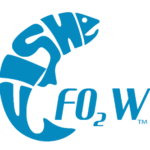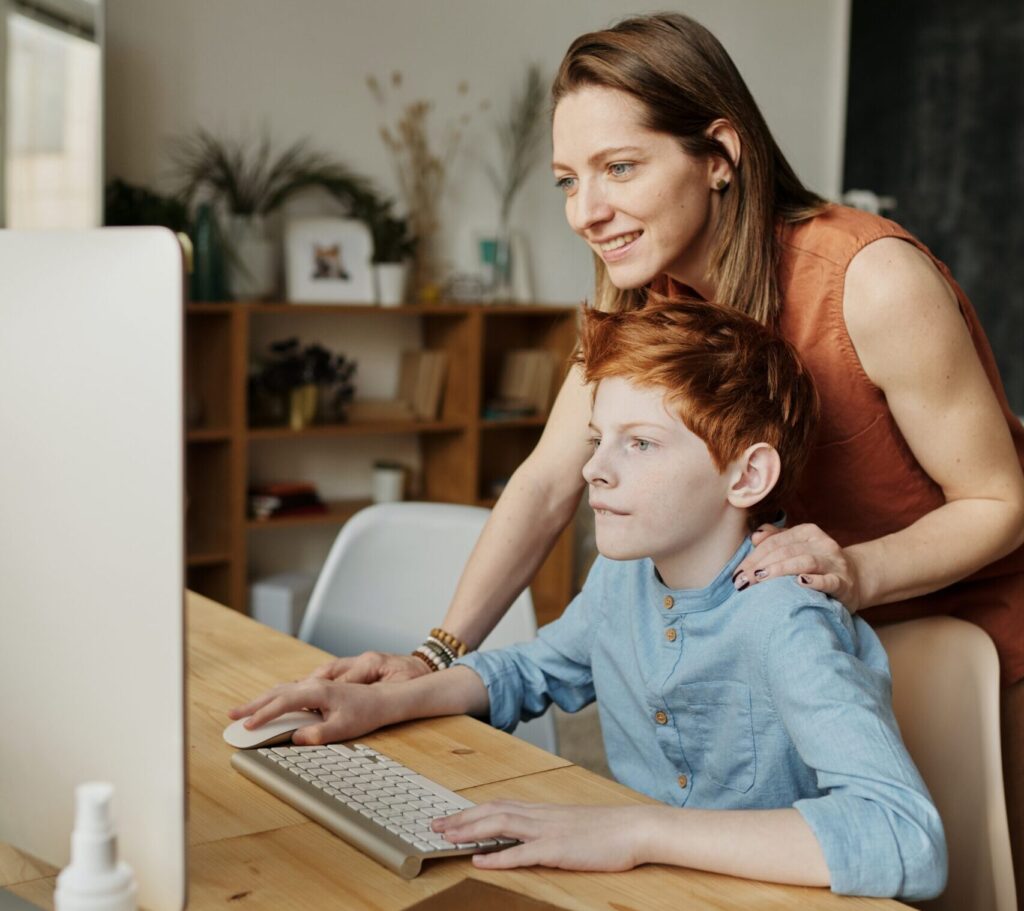Photo Credit: Julia M. Cameron from Pexels
Covid-19 is the killer virus that has caused havoc throughout the world. Believe it or not the greatest and the most advance nation in the world has been the hardest hit. Yes, the United States the greatest nation in the world has experience more coronavirus cases and deaths than any other nation in the world. The question one must ask is, why? As of today, over 450,000 Americans have died from Covid-19 and over 26.2 million cases have been recorded. Covid-19 has taken the lives of men, women, and children. The elderly population has been hit the hardest. Covid-19 does not discriminate between age, gender, color, or economic status.
Covid-19 has caused the United States and other nations to shut down for weeks and months at a time. Airports, trains, buses and all modes of public transportation has suffered. Only essential workers move freely throughout cities and municipalities. However, they are the most vulnerable to the virus because of constant exposure. As a result, economies have shut down and many towns and cities have become virtual ghost towns in an attempt to stop the spread of the virus.
Our schools and childcare centers were closed in the height of the pandemic. Many children were schooled by parents at home. Additionally, many parents began to work from home while other parents lost employment. Eventually, schools reappeared as virtual and hybrid models. Hybrid models enable some students to attend both virtual and face to face classes in their respective schools. Children whose parents’ income range was $50,000 and below often received paper materials. Many students in the lower income range or rural communities do not always have access to computers and WiFi. Most students who fall into this category also have parents who are essential workers.
On the other hand, some children whose parents are professional and government employees have been able to work from home. Often their incomes have allowed them to provide additional options for their children. Some parents in this income level have arranged safer accommodations for their children such as pods and private tutors. Childcare still suffers as many parents fear sending their children into unsafe environments. Do you think your child is safe returning to an in-school environments if the Covid-19 virus is not controlled?
If your child is returning to an in-school environment during the pandemic there are many steps you can take to ensure their safety. Here are 5 helpful tips:
- Wear a mask. Have multiple masks available for child. Talk to your child about the importance of wearing a face covering in preventing the spread of Covid-19.
- Hand washing. Make hand washing a routine at home and in school. Pack hand sanitizer for child’s personal use.
- Stay home if you are sick. If your child is experiencing any signs or symptoms of illness keep them at home.
- Be flexible. Be opened to changes and shifts in schedules and expectations. Covid-19 has taught us all to expect the unexpected.
- Try not to worry, maintain a positive attitude. Teach your child that we are all doing our part to remain healthy and return to our normal routines. There is hope and many things to be thankful for…especially each other.
Mary Corbett
Blogger
Program Director

